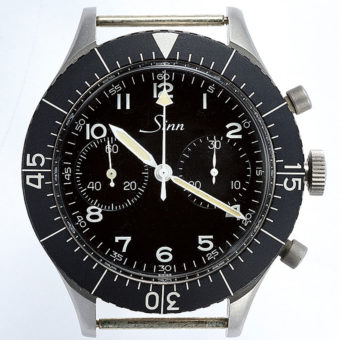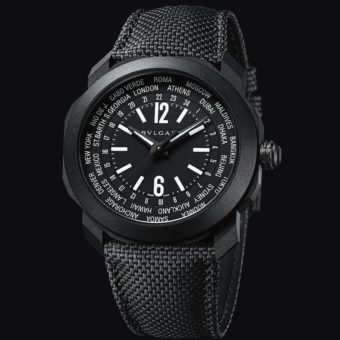Longines, a Swiss manufacturer that has become well known for mining its rich archives, last month unveiled the latest addition to its Heritage collection: the Classic Chronograph 1946. Like all other models within that vintage-inspired collection, the Classic Chronograph 1946 takes its cues from a historical model — in this case a classical-looking, unnamed 1940s chronograph. That original watch, which Longines has been showcasing as part of its public events as of late, used an understated design versatile in its ability to function as both a sportier formal watch, or a more action-oriented dress timepiece. The modern reissue works to channel this energy in an updated format, providing its wearer a distinct timepiece for any occasion.
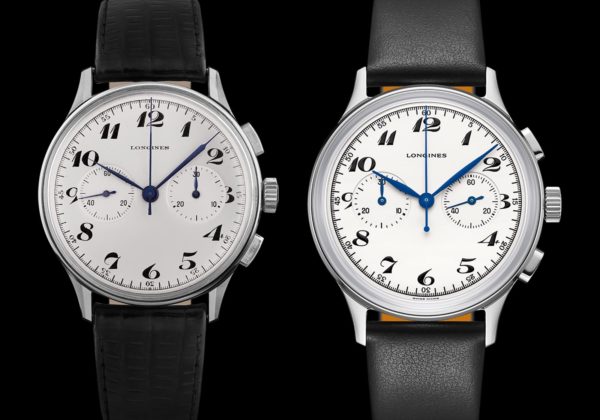
Taking a look at the Classic Chronograph 1946, we find it uses a 40-mm polished steel case, with integrated cushion pushers, thin curvy lugs, and a vintage-logo-signed crown. Beneath the nonreflective sapphire crystal, the silvery white dial is the true star of the piece. With an outer black minute ring noting each 5 minutes with Arabic numerals and each minute with an elongated marking, it uses a tachymetric scale style without the additional functioning of that tool. Within this ring are printed, black Breguet-style numerals for each hour, with the 3 and 9 o’clock markings slightly cut by the face’s two sunken subdials for running seconds and a 30-minute counter. At the top of the dial we find a faithful use of the vintage Longines logo, itself an extremely understated element, while sweeping over the face are blued steel, leaf-shaped hands with a matching simple pointer for the chronograph seconds.
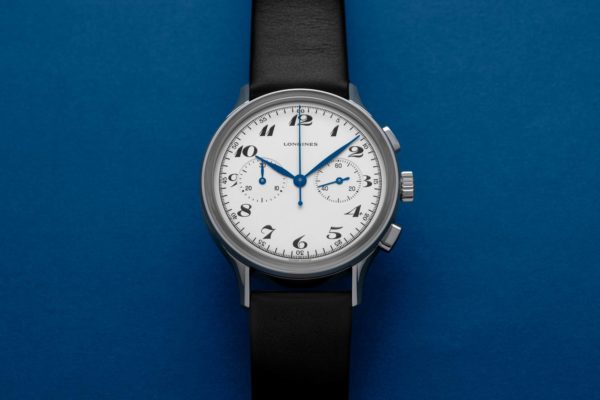
Inside this vintage-style model is the Longines Caliber L895.5, an automatic movement which uses the ETA A31.L21 as its base and features a 54-hour power reserve. The Heritage Classic Chronograph 1946 will be available at Longines boutiques worldwide, priced at $3,050.
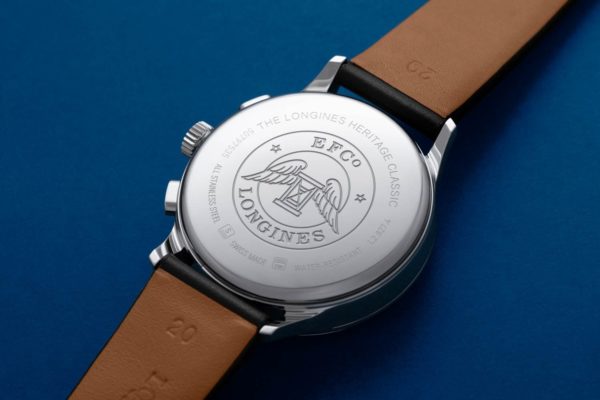
Like most recent models in Longines’ Heritage collection, this one is a fairly faithful reissue of a classic watch design — from the shape of the case and its pushers, to the Breguet numerals, outer minute ring, and simple subdials. Longines has demonstrated once again its commitment to producing interesting vintage re-issues.
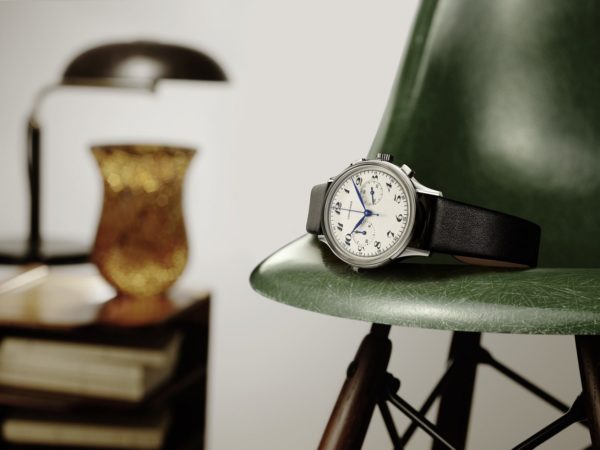
However, even considering the major similarities between the two models, Longines has also clearly made an effort to refine the design for a modern audience. We can see this foremost in the slightly larger size of case — 40 mm for the contemporary model, likely at least 2 mm larger than the vintage predecessor. This larger case size lends itself to an overall better balancing of the dial. The thicker outer minute ring assists in making the aesthetic cohesive and imparts a feeling of compactness to the otherwise relatively spartan design. Noticing other features on the dial, we find that the modern edition uses wider leaf hands compared to the thin syringe-and-leaf combo on the historical model, and the sunken style of the subdials is more pronounced than the slightly flatter look on the vintage dial. The subdials also are switched, with the 30-minute counter and running seconds on opposite sides. This change has to do with the modern movement of the watch, which as an automatic is thicker than the hand-wound mechanisms that were used exclusively prior to 1969.
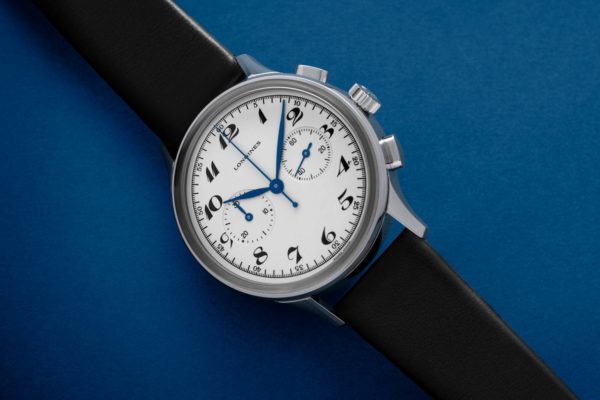
Overall, the modern version is certainly better finished and seems to be a much sturdier watch in general; vintage chronographs— especially today, when they’re more than 70 years old — tend to be much more fragile.
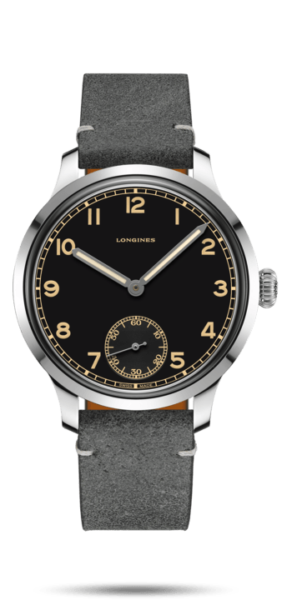
The Longines Heritage Classic Chronograph 1946 comes on the heels of a plethora of interesting pieces within the Heritage collection, and further demonstrates the brand’s continuing efforts towards producing what were once seen as niche products. Longines, one of the largest exporters of watches in Switzerland, is thus proving the vintage-look trend is not just a passing fad, but increasingly a part of the overall canon of today’s watch design landscape.
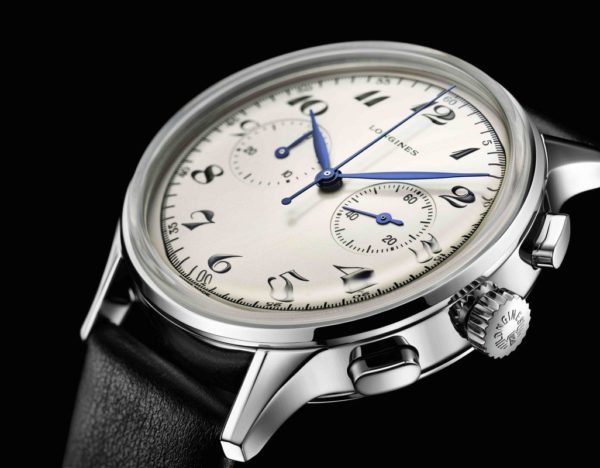
For the most recent article in the “Vintage Eye” series, in which we discuss the Hamilton American Classic Chrono-Matic 50 Auto Chrono and the historical watch that inspired it, click here.
Caleb Anderson is a freelance writer with a primary focus on vintage watches. Since first discovering horology, he has garnered extensive knowledge in the field and spends much of his time sharing his opinions among other writers, collectors, and dealers. Currently located near New York City, he is a persistent student in all things historical, a writer on many topics, and a casual runner.





